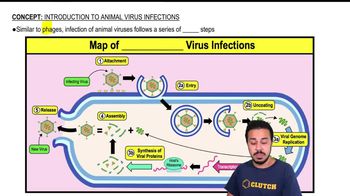Which of the following does not initiate DNA synthesis?
a. a double-stranded DNA virus (Poxviridae)
b. a DNA virus with reverse transcriptase (Hepadnaviridae)
c. an RNA virus with reverse transcriptase (Retroviridae)
d. a single-stranded RNA virus (Togaviridae)
e. none of the above




